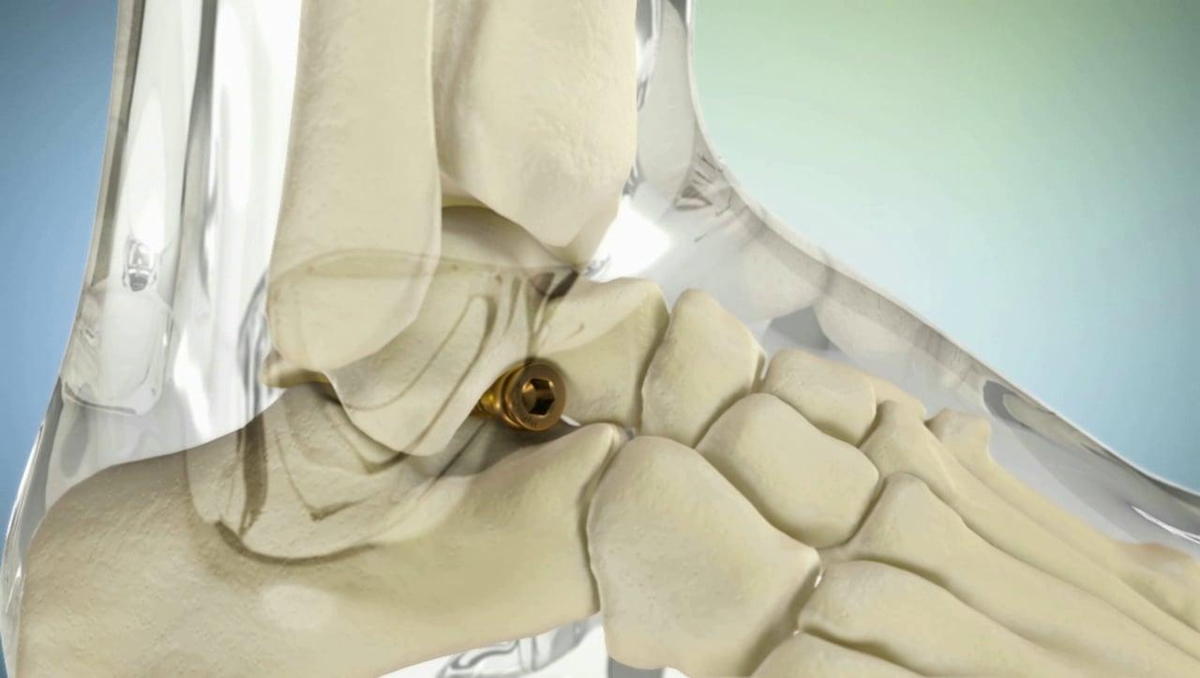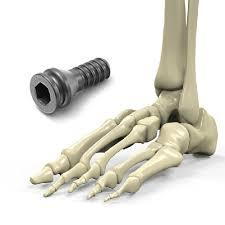THE EVIDENCE BASIS OF EXTRA-OSSEOUS TALOTARSAL STABILIZATION (EOTTS)
posted: Feb. 11, 2020.

The Extra-Osseous Talotarsal Stabilization (EOTTS) serve to help maintain balance, stability and alignment within the foot, especially at the talotarsal joint. When standing, the talus should be neutral or slightly pronated compared to the calcaneus and navicular however. In a typical persons gait, you are supposed to spend two thirds in supination and only a slight amount of pronation at the beginning of the mid-stance phase. The average person takes 6,000-10,000 steps per day which averages to 72 million steps by 40 years of age and over 100 million steps by 60 years of age.
However, if your misalignment is incorrect such as if the talotarsal joint is dislocated then you will have excessive medial deviation of the bones involved in the joint. The worst part of the dislocation is that forces are now being balanced incorrectly leading to excessive forces on the wrong parts of the foot which could lead to stress on the tendons, ligaments and muscles of the foot. Some things to look for on clinical exam include: fallen arches, abducted/out-toed gait and medial bulging of the bones in the foot. In some cases, orthotics/insoles can help with this realignment and help reduce and prevent any further pain. However, there is also EOTTS which is a soft tissue procedure in which a stent is placed in the sinus tarsi. There is also evidence that the EOTTS helps improve gait, weightbearing and reduce stress on joints and soft tissue of the foot.
Courtesy of Barry Block, editor of PM News
